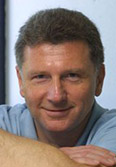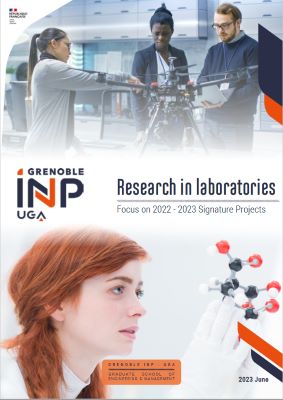 There is growing awareness of connected objects with their enhanced perception, action, communication and interaction capacities via digital technologies. One example of this is the Google’s recent acquisition of Nest Labs, a manufacturer of connected thermostats, for a record amount of 3.2 billion dollars.
There is growing awareness of connected objects with their enhanced perception, action, communication and interaction capacities via digital technologies. One example of this is the Google’s recent acquisition of Nest Labs, a manufacturer of connected thermostats, for a record amount of 3.2 billion dollars.And with good reason, according to the independent analysis firm Idate, by 2020, there may be 80 billion connected objects in the world compared to 15 billion at present, i.e. an average annual increase of 23%. Even though the research firms give varying forecast, there is unanimous consensus that the number of connected objects will significantly increase within the next few years. Grenoble INP intends to make its contribution to the development of the Internet of Things, an issue that is at the top of the Rhône-Alpes region’s agenda and which is also high on the list of priorities in France and in Europe as a whole. As a matter of fact, several laboratories at Grenoble INP are involved in tackling the technological challenges that must be met to obtain widespread use of connected objects. This is the case, inter alia, of LIG, GIPSA-lab, TIMA, VERIMAG G2ELab, whose researchers are working in conjunction with major industrial groups. Finally, several Grenoble INP graduates and professors have created start-ups that operate on one of the links of the Internet of Things chain. One such example is Enerbee, created as a result of work conducted at G2ELab, and which develops stand-alone sensors for the industry and the general public.
Andrzej Duda, professor at Grenoble INP - Ensimag and researcher at LIG
SUMMARY
- Connected objects - an everyday feature
- Welcome to the age of communicating objects
- Towards energy-independent objects
- Specific communication networks
- EnerBee develops energy-independent sensors
- GIPSA-lab’s embedded sensors
- SIGFOX implements the first international network dedicated to the Internet of Things and to machine-to-machine communications





